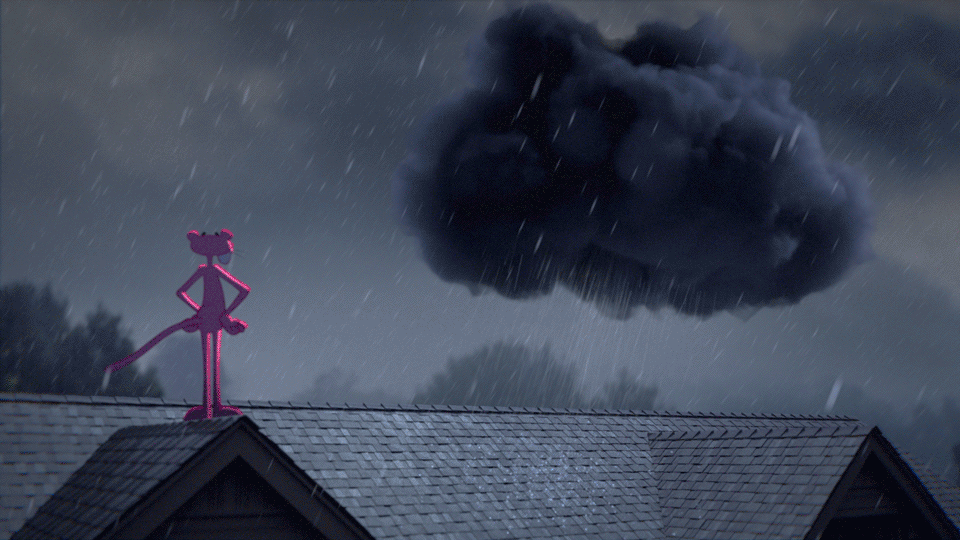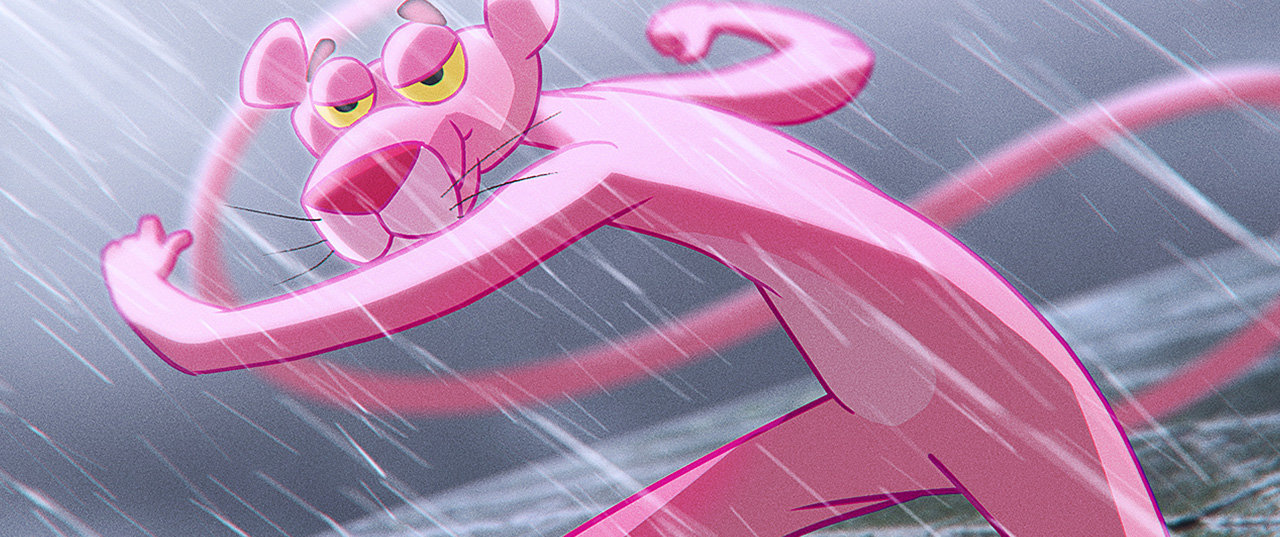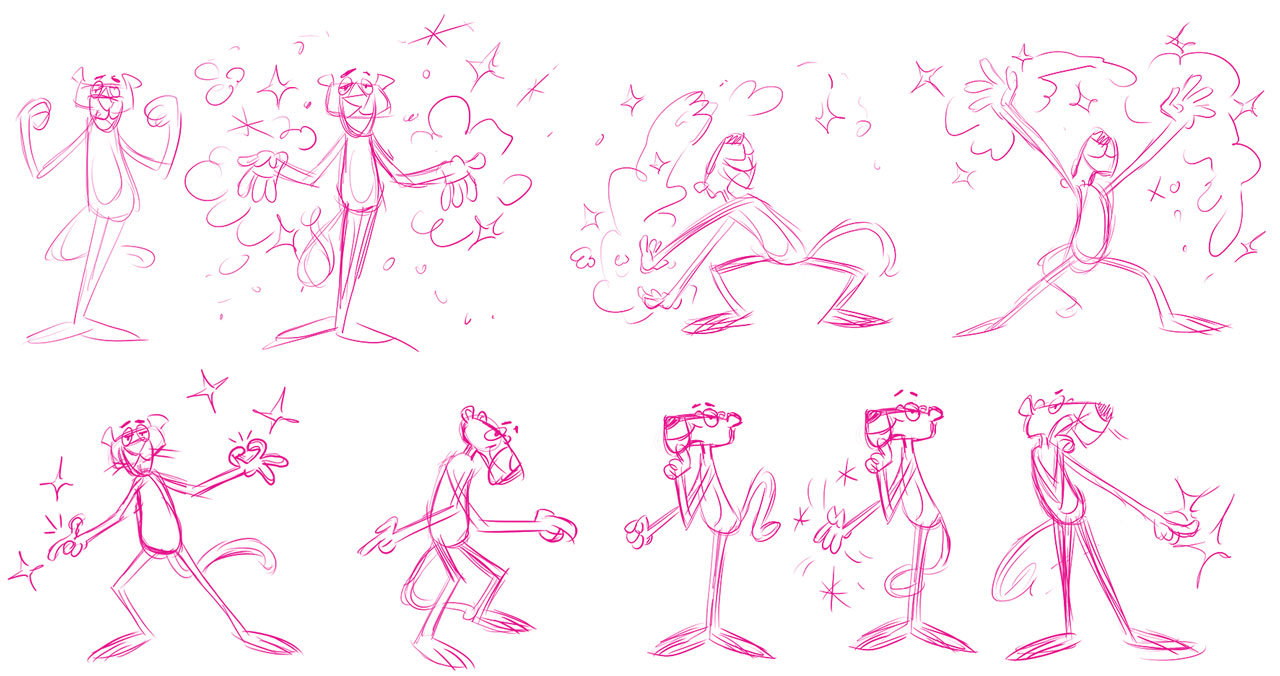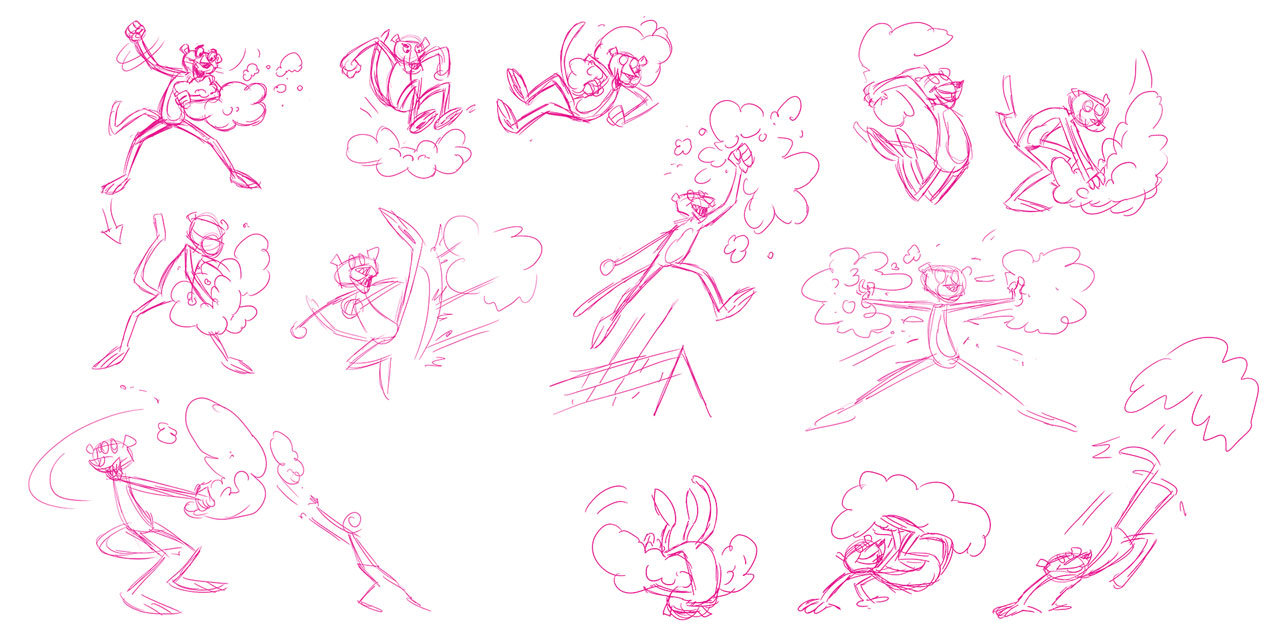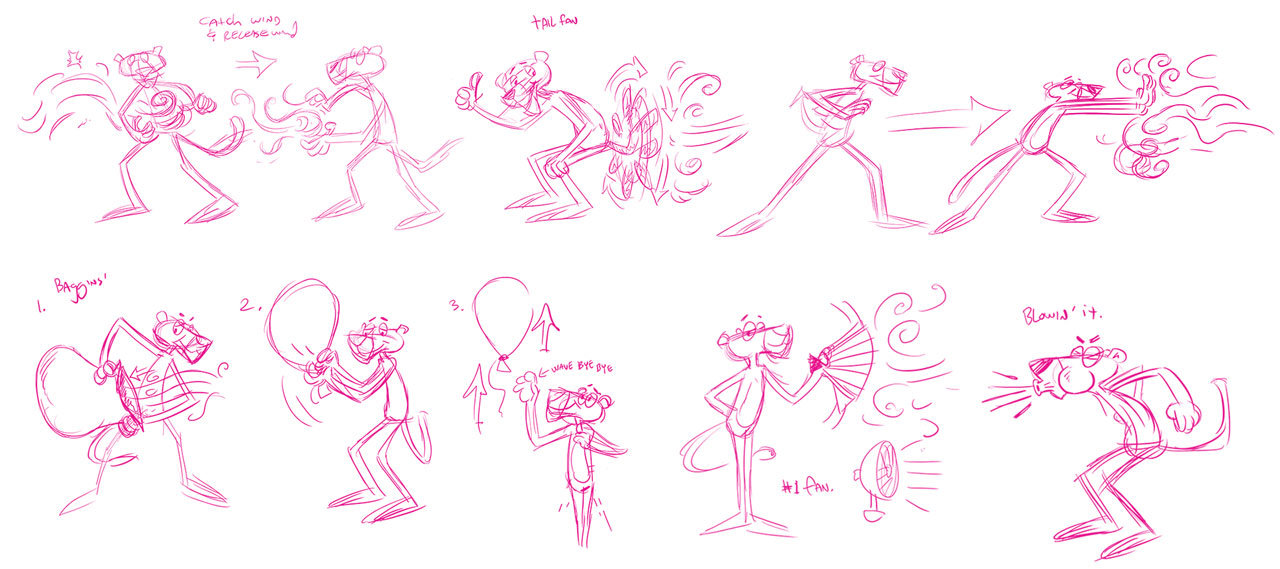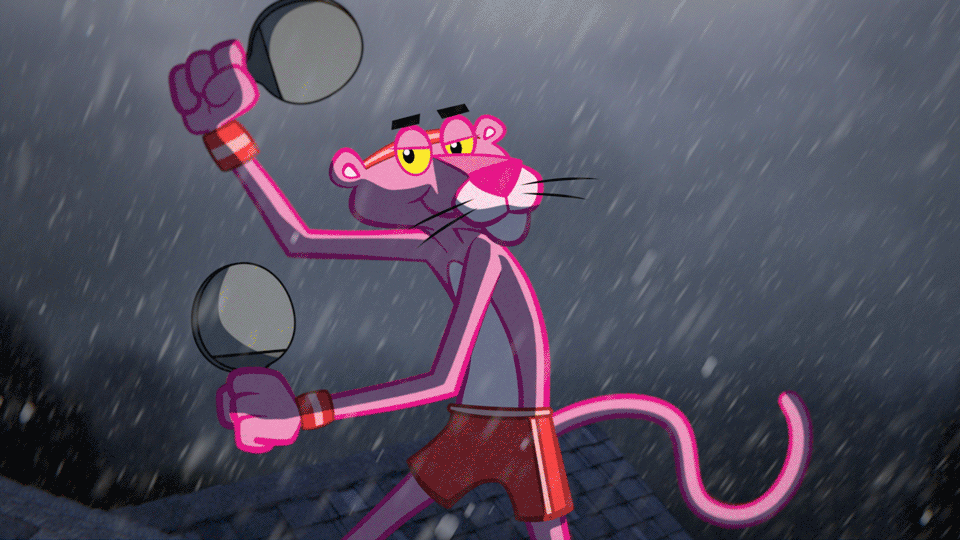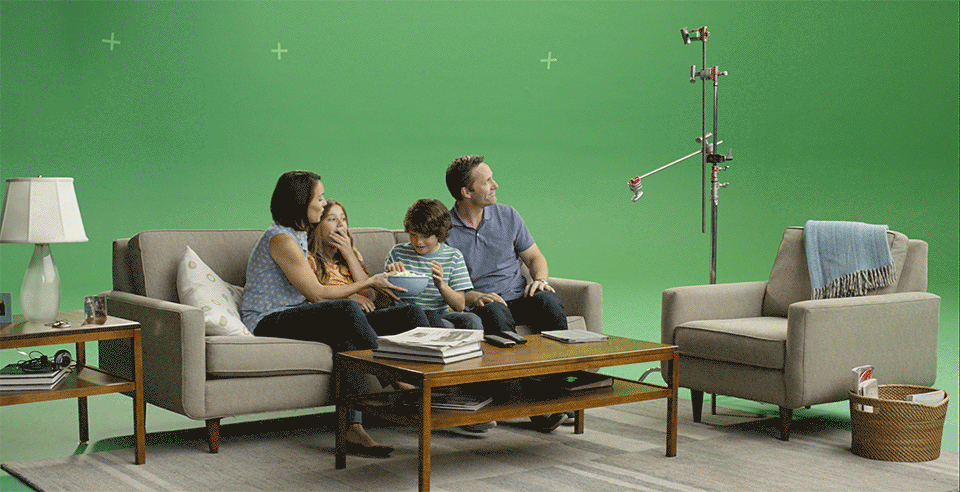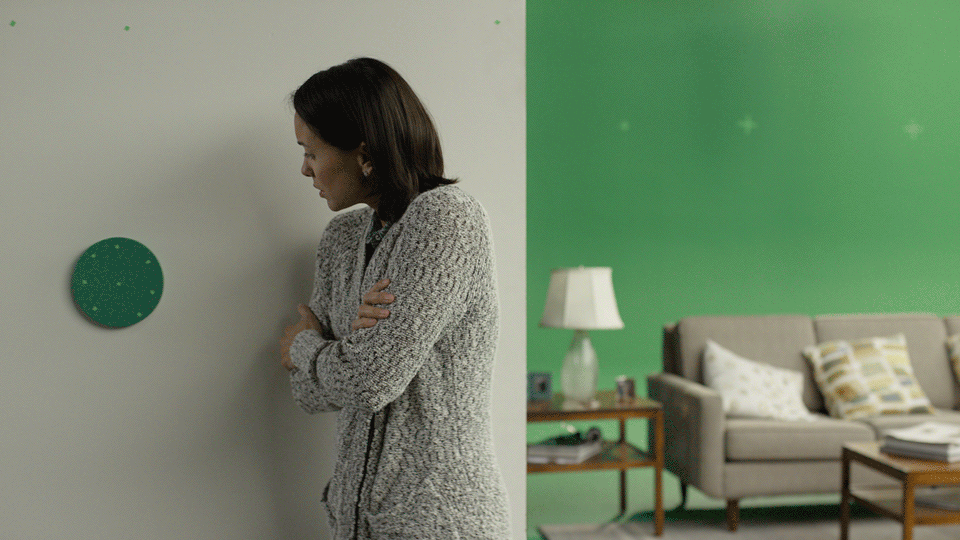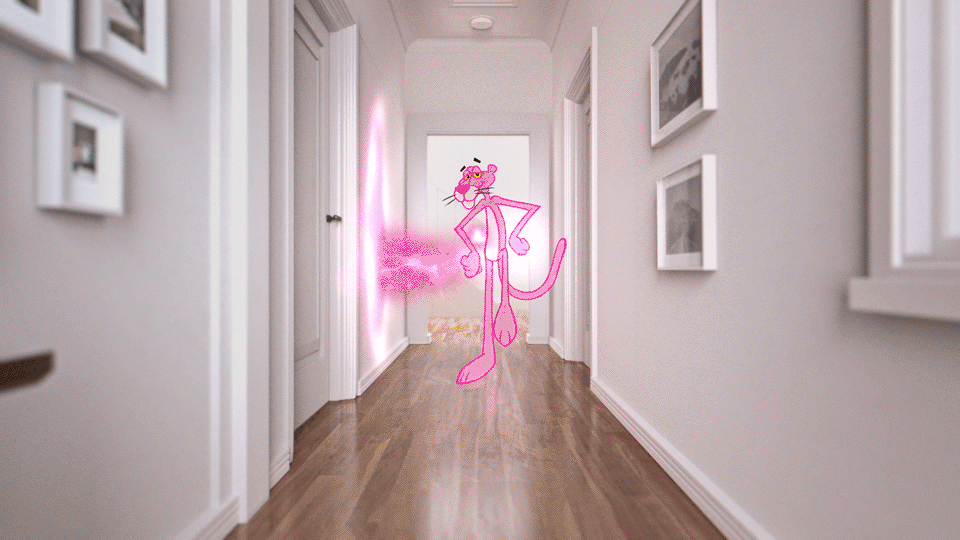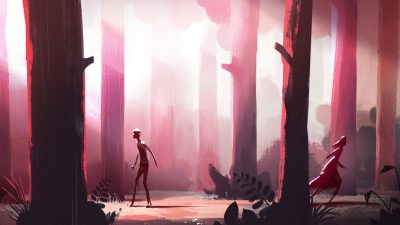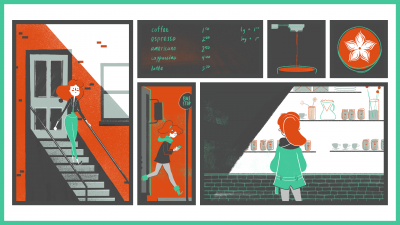Get Funky With The Panther Touch
The Pink Panther is an icon of mid-century, American animation. He was originally animated by the exceptional animation studio, DePatie-Freleng Enterprises–so bringing such a classic character like this into the modern era was a childhood dream come true. Not to mention a delicate feat that calls for a certain type of skill.
To launch this rosey rascal into the digital screens of today, Blind Creative Director, Greg Gunn, worked closely with Doner and Owens Corning to shape a pair of physical-comedy infused spots melding live action, character animation and photoreal CG effects into one, unified world oozing with panther panache.


